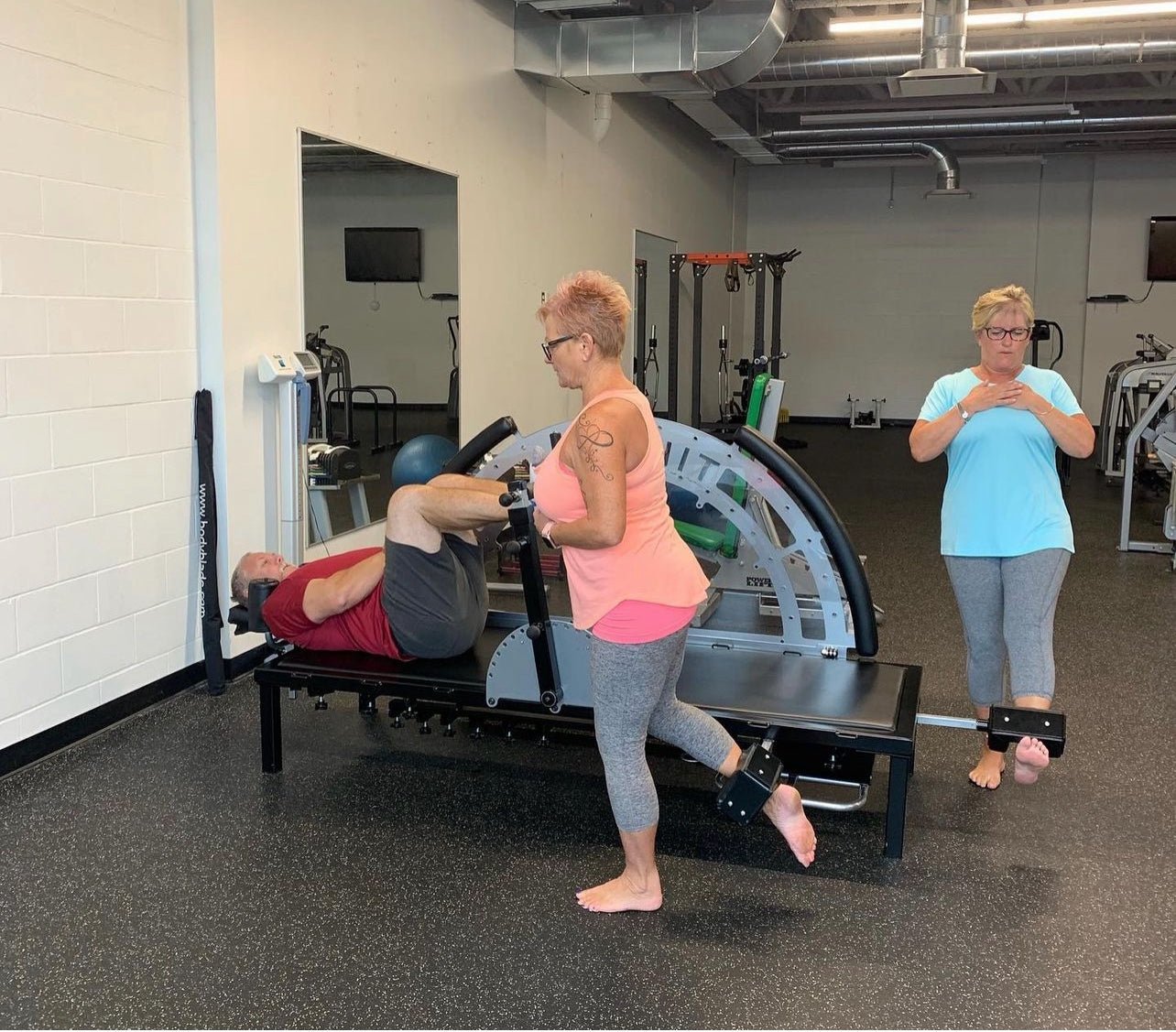In the realm of exercise and physical fitness, one training technique has been garnering attention for its remarkable benefits: isometric strength training. This form of exercise involves generating muscle contractions without any visible joint movement, and recent studies have revealed its potential in preventing eccentric muscle damage, reducing pain, and even contributing to the healing of fractured bones.
A groundbreaking study by Tseng et al. (2016) explored the protective effect of maximal isometric contractions (MVIC) against maximal eccentric exercise-induced muscle damage of the knee extensors. The research demonstrated that performing knee extension MVIC two weeks before eccentric exercise significantly reduced the extent of muscle damage, similar to findings in previous studies focusing on the elbow flexors. This established isometric strength training as an effective strategy to minimize muscle damage caused by eccentric contractions.
The analgesic effects of isometric contractions were also highlighted in a clinical trial conducted by Ebonie Rio et al. (2017). In this study, athletes with patellar tendinopathy engaged in either isometric or isotonic resistance protocols. The results demonstrated that isometric contractions produced significantly greater immediate analgesia compared to isotonic contractions. This powerful pain-relieving effect continued throughout the four-week trial, indicating that isometric strength training could be particularly beneficial for athletes with tendon pain.
Furthermore, the wonders of isometric movements extended beyond muscle damage and pain relief, as indicated by Khosrojerdi et al. (2018) in their clinical trial. The study explored the effects of isometric exercise on patients with lower limb fractures. The intervention group, which performed isometric movements soon after surgery for five consecutive days, experienced significant pain reduction and muscle strength improvement. This finding holds immense promise for orthopedic patients seeking effective methods to accelerate recovery and regain mobility.
Isometric strength training's unique ability to engage muscles without joint movement may explain its protective and healing properties. Unlike traditional dynamic exercises, which involve muscle lengthening and shortening, isometric contractions allow muscles to withstand force without undergoing extensive strain. This feature not only prevents muscle damage but also promotes faster recovery and reduced pain.
The evidence is undeniable: isometric strength training is a game-changer in the world of fitness and rehabilitation. Its protective effect against eccentric muscle damage, analgesic properties for tendon and muscle pain, and contribution to bone healing make it a must-try for athletes, fitness enthusiasts, and patients recovering from injuries alike.
For further information on isometric strength training and its profound impact on functional health and performance, visit our website at www.isophit.com or reach out to me via my email at brad@isophit.com.
Yours in Isometric Strength,
Brad Thorpe
CEO / Inventor
Isophit





![5. 30inThirty™ Strength Series - [15 Printable Programs] - Isophit](http://www.isophit.com/cdn/shop/files/5-30inthirty-strength-series-15-printable-programs-433761.png?v=1728497641&width=1080)




Share:
Isophit: Dynamic Training May Produce Suboptimal Gains, Increasing Injury Risk in Athletes.
Isophit: Protect Yourself Against Pain and Muscle Damage